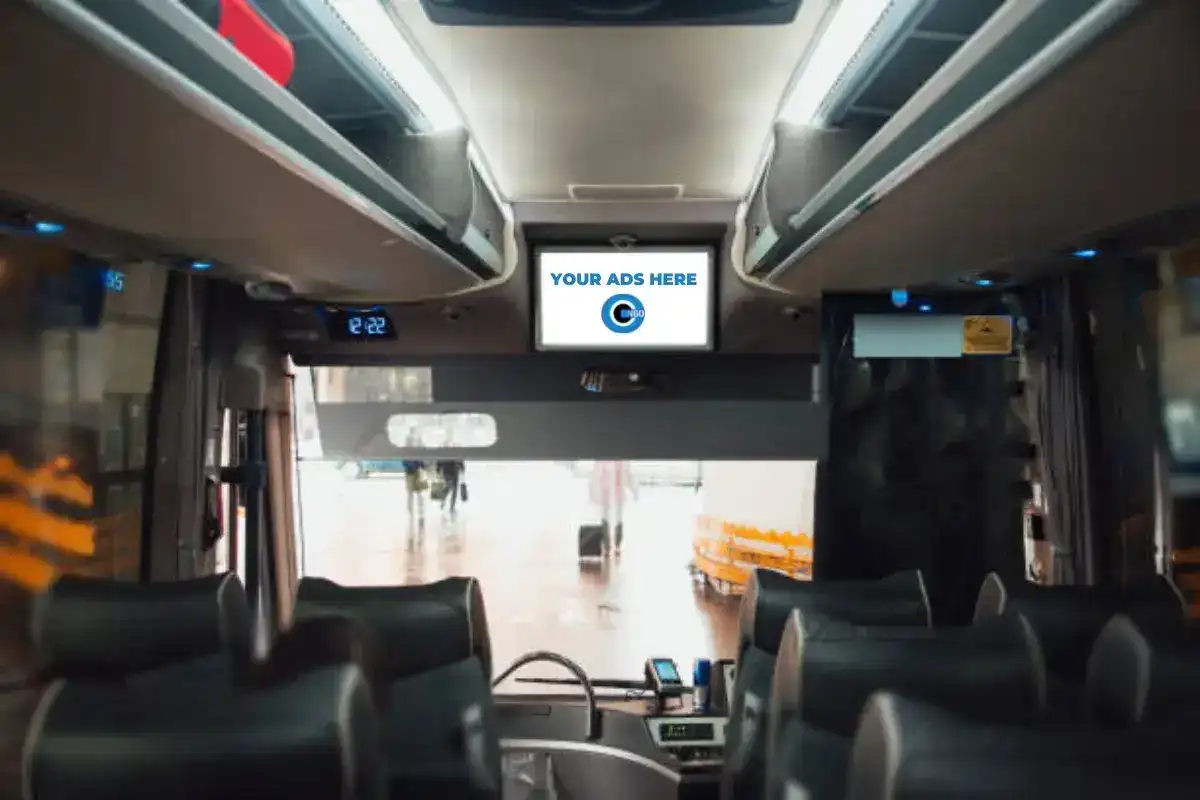How Transportation Marketing Can Transform Public Transport Spaces Into Dynamic Advertising Operatings Systems
Transportation advertising and marketing holds substantial possibility to redefine public transport rooms into vivid advertising and marketing systems that educate and involve. As we explore the multifaceted advantages and developing techniques of transit marketing, it raises the inquiry of how this makeover might redefine our communications with both brands and the metropolitan environment.
Benefits of Transportation Advertising And Marketing

Additionally, transit marketing is highly economical compared to typical media. It permits marketers to accomplish high impressions at lower expenses, taking full advantage of roi. The restricted audience of commuters offers a chance for brand names to share their messages to people who are frequently receptive throughout their traveling times.
Moreover, the vibrant nature of transit advertising allows campaigns to be upgraded often, ensuring that messaging remains timely and appropriate. This versatility can be crucial in replying to market trends or marketing occasions, keeping the brand top-of-mind for consumers. Last but not least, the pervasive existence of transportation advertising adds to brand name recall; repeated direct exposure within familiar traveling contexts strengthens brand name recognition and cultivates consumer commitment, inevitably enhancing and driving sales brand name reputation.
Kinds of Transit Advertising
Mass transit systems give different formats for advertising and marketing, each satisfying different marketing methods and audience interaction methods. One noticeable type is exterior bus and train wraps, which cover the entire automobile and develop a mobile billboard effect, enabling high visibility in metropolitan atmospheres. These wraps can capture focus as they go across busy streets, reaching a varied audience.
An additional prominent style is indoor marketing, which includes posters, digital screens, and ads on transportation seats. These placements engage guests during their journey, strengthening brand messaging in a restricted space. Digital presents, specifically, provide the benefit of dynamic material, enabling advertisers to update messages in real-time.
Station advertising is also considerable, including posters, banners, and interactive stands within transportation terminals. These ads utilize foot website traffic and can target particular demographics based on area.
Finally, promotional partnerships with transportation authorities can lead to distinct campaigns, such as themed transit experiences or occasions, boosting the general interaction with commuters. Each kind of transit advertising and marketing supplies distinct advantages, enabling brand names to tailor their strategy to effectively reach their target market within the general public transportation community.
Engaging Travelers Effectively
Travelers are increasingly flooded with advertising and marketing messages during their day-to-day journeys, making it important for brand names to engage them in cutting-edge ways. To catch attention in this crowded space, advertisers have to prioritize creativity and importance. Using eye-catching visuals and concise messaging can significantly boost the probability of engagement.
Interactive aspects, such as QR codes or increased fact features, can also transform fixed advertisements right into immersive experiences, fostering a deeper connection with the audience. Brands must concentrate on addressing commuters' needs and rate of interests, tailoring messages to resonate with their lifestyle, whether through promotions for local companies or services developed to improve their commuting experience.
Furthermore, timing plays a have a peek at this website vital function; tactically positioning ads throughout top commuting hours can maximize visibility and impact. Involving travelers properly also includes leveraging social media sites assimilation, enabling travelers to share their experiences or promotions directly from transportation systems, thus intensifying brand name reach.
Essentially, efficient engagement depends upon recognizing the traveler journey and creating engaging, interactive, and appropriate marketing experiences that not only catch focus yet likewise drive action and commitment. By doing so, brand names can transform public transport right into a dynamic advertising system that resonates with its audience.

Measuring Advertising Influence
Exactly how can brands properly click here for more evaluate the effectiveness of their marketing campaign in transit environments? Determining the impact of transportation marketing calls for a diverse approach that incorporates quantitative and qualitative metrics. One common approach is tracking interaction through mobile analytics, where brand names can analyze foot website traffic patterns and app communications before, during, and after projects.
Surveys can offer valuable insights right into brand name recall and consumer belief, allowing brands to determine how well their messages reverberate with travelers. Furthermore, keeping track of social media sites engagement relevant to specific campaigns can disclose changes in public perception and brand conversation.

Furthermore, teaming up with transportation companies can improve measurement precision, as they typically have thorough demographic information on ridership patterns. By integrating these approaches, brand names can develop a comprehensive understanding of their marketing effectiveness, making sure that their projects not just get to but likewise influence their target audiences successfully.
Future Trends in Transportation Advertising And Marketing
A significant shift is prepared for in transit advertising as technical developments and altering consumer habits improve the landscape. Transit Advertising Philippines. The integration of interactive media and electronic screens is anticipated to improve interaction, enabling brands to supply dynamic web content that resonates with varied audiences. As public transport systems welcome wise technology, marketers will certainly utilize real-time data analytics to tailor messages based upon passenger demographics and habits
Furthermore, augmented fact (AR) is positioned to reinvent the means commuters connect with advertisements. By supplying immersive experiences, AR can change an ordinary journey right into an appealing story that records focus and fosters brand name loyalty. This advancement will likely motivate marketers to create more experiential campaigns that drive consumer interaction.
Sustainability is another vital fad pop over to this web-site influencing transportation marketing. As environmental consciousness grows, brand names will increasingly seek to align with environmentally friendly methods, utilizing sustainable materials and promoting eco-friendly efforts within their projects.
Final Thought
In conclusion, transportation advertising offers substantial benefits by enhancing brand presence and involving a restricted target market. Through various layouts, such as outside covers and digital screens, it transforms public transport right into a vibrant advertising and marketing platform. Reliable involvement strategies and durable measurement methods further magnify its impact. As trends develop, the capacity for innovative interactions between travelers and brand names is positioned to expand, making sure that transit advertising and marketing remains an essential element of contemporary advertising and marketing techniques.
Transportation advertising and marketing holds significant capacity to redefine public transport spaces right into vivid advertising and marketing platforms that inform and involve. The prevalent presence of transit advertising and marketing contributes to brand name recall; repeated direct exposure within familiar traveling contexts reinforces brand name awareness and fosters consumer commitment, ultimately improving and driving sales brand name online reputation.
How can brands accurately evaluate the effectiveness of their advertising and marketing projects in transportation environments?In conclusion, transportation marketing provides considerable benefits by improving brand name visibility and engaging a captive audience. Transit Advertising Philippines. As patterns develop, the capacity for innovative communications in between brands and travelers is positioned to expand, making certain that transit advertising remains a crucial component of modern advertising approaches